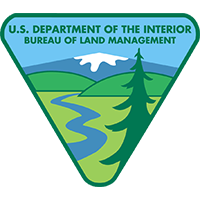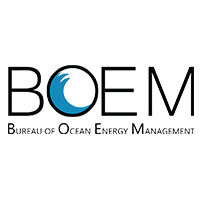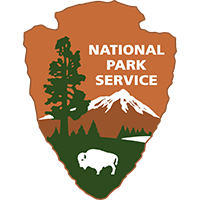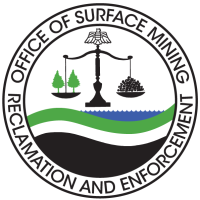Documenting a 225-ft Petroglyph Wall with Close-range Photogrammetry
The Beaver Creek Petroglyph Site (48BH4293) is an undocumented rock art site containing some 26 panels of pictographs and petroglyphs that span from Early Hunting to En-Toto Pecked to Mountain Foothill Traditions.







